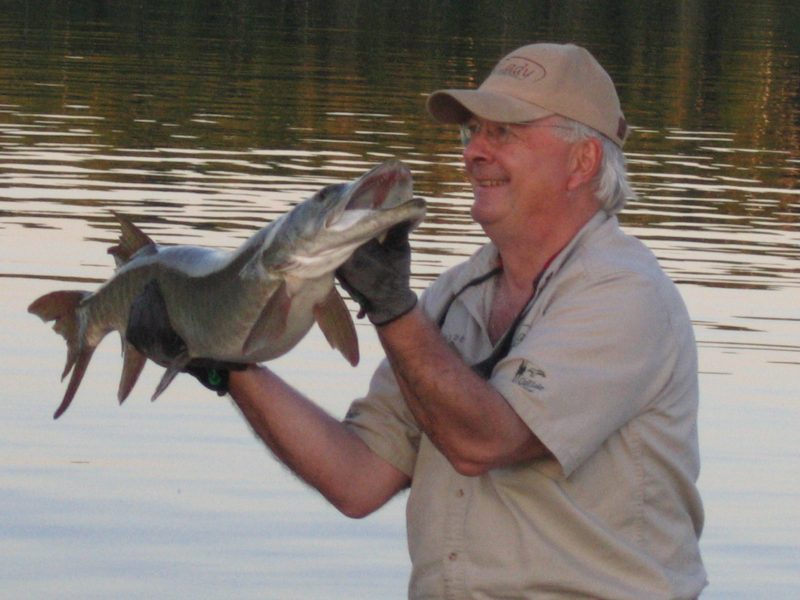
A good attitude is the first step in enjoying your day on the water.
Yes, you need a fishing license, a fishing rod and some bait to fish, but you also need a positive attitude. Knowing you may not catch many fish or the biggest fish on your outing puts things into perspective and keeps your day light. Now pack up and let’s head to the lakes!

Step One: Get your license
Make sure you have a current state fishing license wherever you’re fishing. There are many locations and types of licenses to purchase with a full list on the Minnesota DNR website. There is a wide range in prices, depending on what you’re fishing for and if you’re a resident or from out of state. This is true of any state. While they can be purchased online, an added bonus of purchasing a license in person is you can ask the store owner for lake recommendations. Like everything else, there are phone apps for fishing locations as well.
Step Two: Grab your gear
Not all gear fits all. Whether it’s men’s fishing rods, women’s fishing rods or children’s fishing rods, the rod needs to fit the person casting it. A properly fitted fishing rod can improve your fishing exponentially. For instance, at LakeLady Rods, we custom make each rod not only for the type of fish you want to catch, but more importantly, to ergonomically fit the person using the rod. You’ll cast easier, won’t get wrist fatigue from reeling in the line and will be impressed by the state-of-the-art components and how they work together to benefit you. Don’t forget to grab lures and bait as well.
Step Three: Research the best place to fish
You’ve got your gear and your license, but now you need to figure out where you want to fish. As mentioned above, ask locals where the best spots are to fish. Some may not share exact locations, but they’ll be willing to give you a couple lakes to try your luck on. To find the lake you want depending on location or what fish are being caught on it, check out a comprehensive list on the DNR’s website. They share the top 10 lakes in the state, what lakes are hot by region and more.
Step Four: Research the type of fish
The DNR can also help with the type of fish and where to find them. Some of Minnesota’s top fish include trout, northern, walleye, muskie, crappie and perch.
Step Five: Don’t forget conservation etiquette
Lastly, leave the lakes as beautiful – or more beautiful – as you found them. We’ve all heard of leave-no-trace ethics for hiking and camping, and it goes for fishing as well. Don’t keep more fish than you can eat (or depending on limits) and always be respectful and give others room to fish – whether it’s on shore or in your boat.

If you are nervous about your first time out on the lakes, you could always hire a local guide to ensure more success. Many state parks offer fishing sessions and even more detailed classes like tying flies and fly fishing casting. Check them out and never let not knowing be an excuse not to get out and try.
Remember, there are multiple things you can do throughout your fishing trip and preparation for it to keep a smile on everyone’s faces. Pack for whomever is fishing – men, women and children’s fishing rods – know where you want to fish and for what type of fish and keep your expectations in check. Enjoy the fish fry tonight!